Screening Plants & Ideas for Confined Spaces
Get inspiration and learn about plants suitable for screening in smaller gardens.
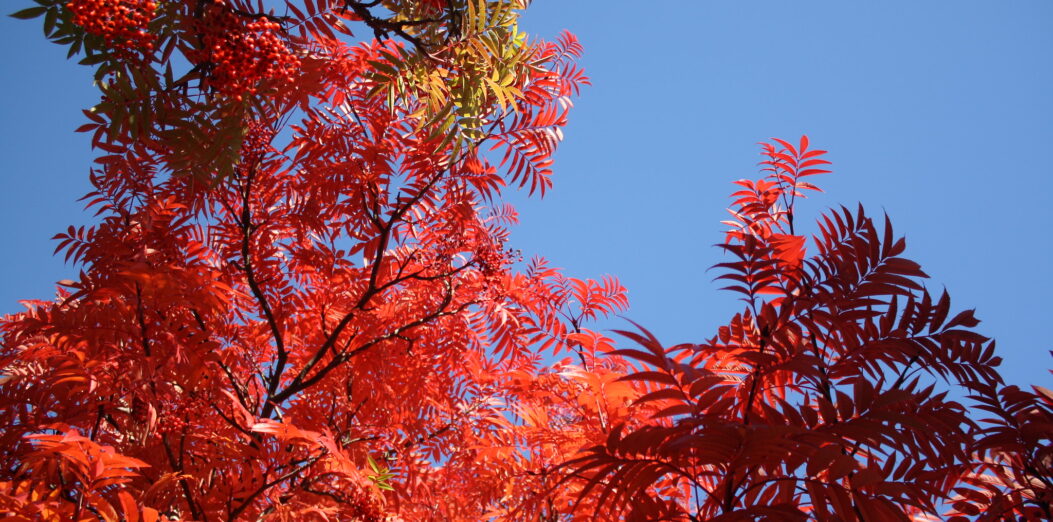
Need more privacy? Want to block the view from a neighbour’s window? Want to block out an ugly view? But only have postage stamp garden, or just have very narrow borders? Don’t want to be for ever pruning a fast growing screening plant?
This is a problem garden designers increasingly encounter in modern gardens. One day someone might invent a neat evergreen pillar of a plant, that only occupies a small footprint, rapidly grows to a set height and then stops! In the meanwhile, here are a few plant thoughts and ideas, which you might find helpful:
1. Deciduous Trees
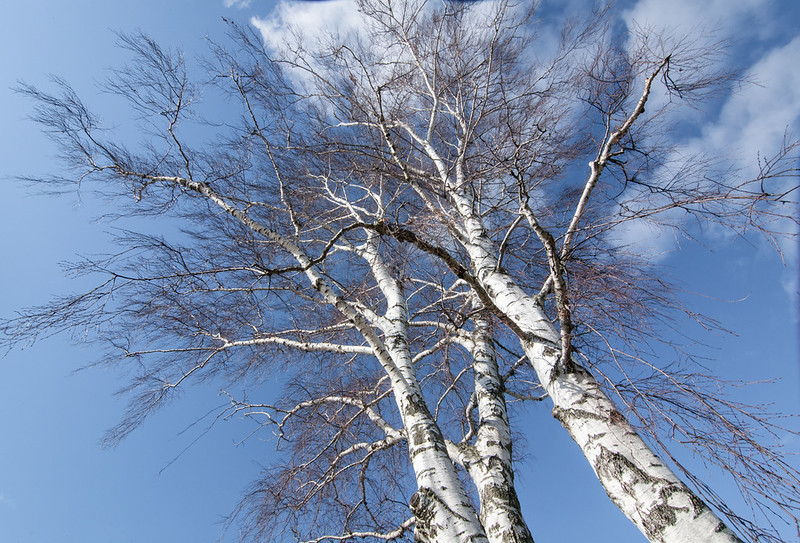
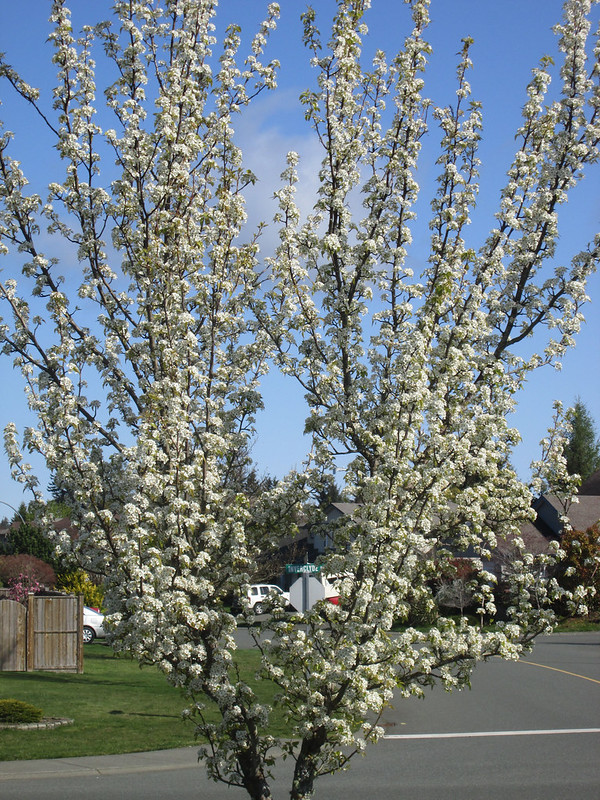
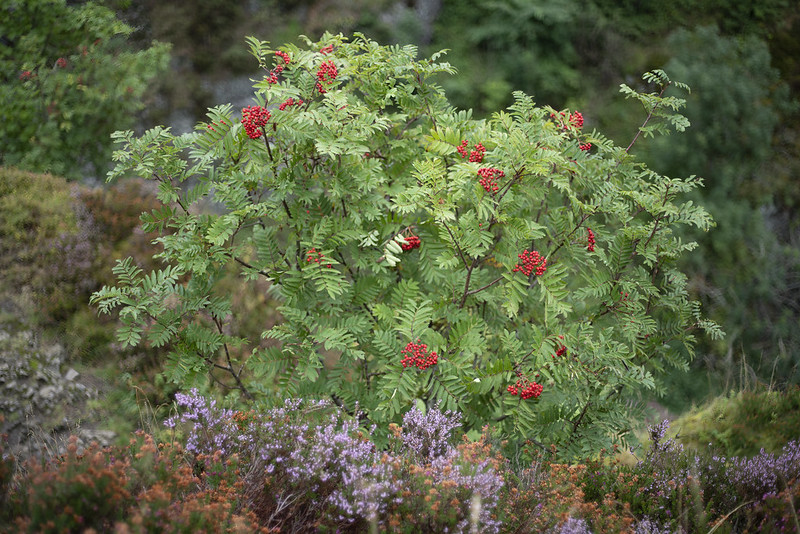
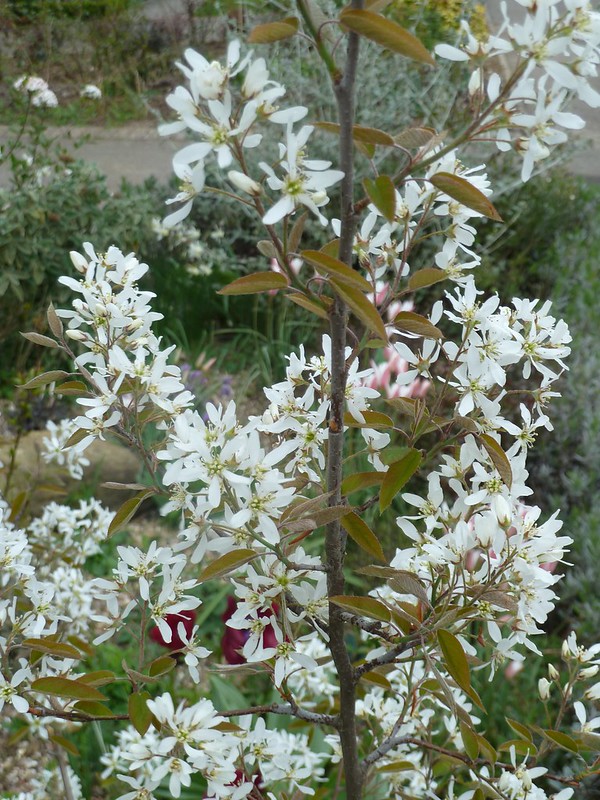
Screening plants don’t necessarily have to be evergreen. Fastigiate trees, with dense upright branches are also very useful:
- Fastigiate Hornbeam (Carpinus betulus ‘Fastigiata’ and ‘Frans Fontaine’)
- Birches
- Ornamental Pears (e.g. Pyrus calleryana ‘Chanticleer’)
- Fastigiate Oak and Beech may also be options
- Even small light trees can soften a view e.g. Amelanchier, Sorbus
- Some trees can be used as very tall stilted hedges e.g. a few fastigiate 3m tall Hornbeams planted a few meters apart can form an almost instant screen, although this is an expensive option.
- Pleaching might be worth thinking about, but is expensive, and a higher maintenance option
2. Evergreen Trees
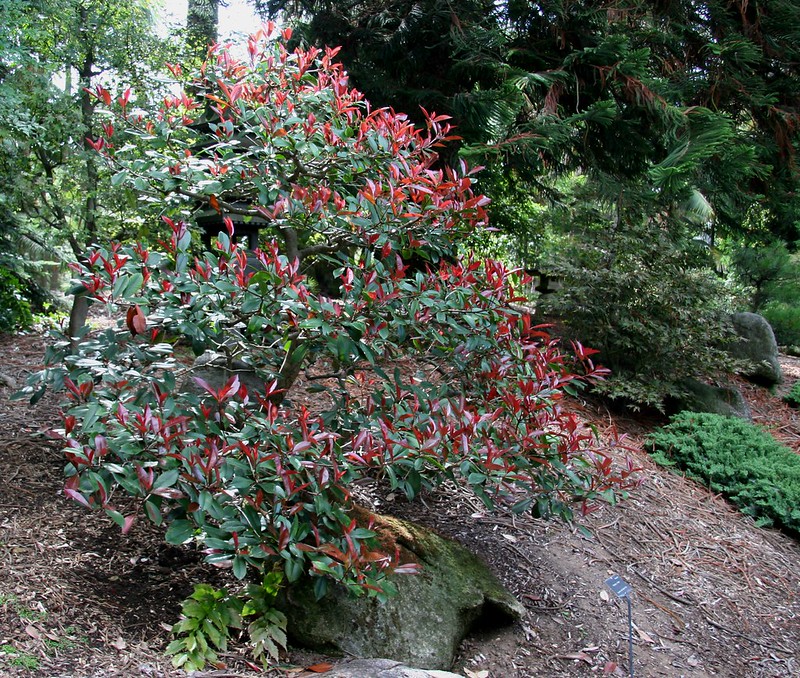
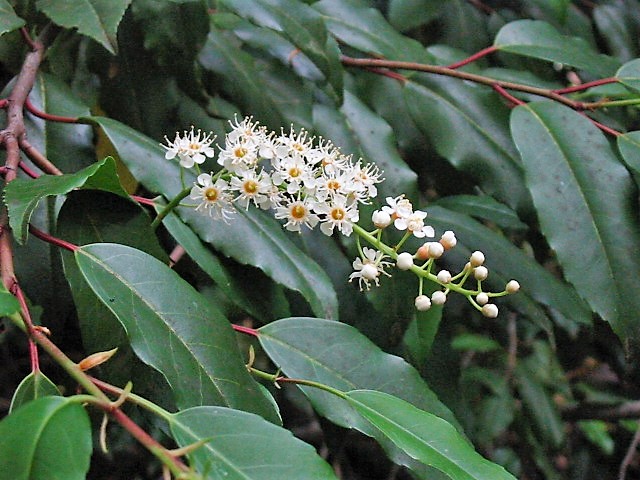
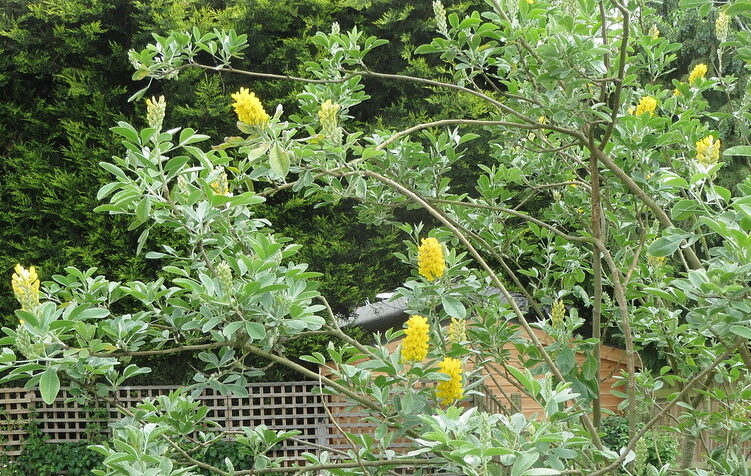
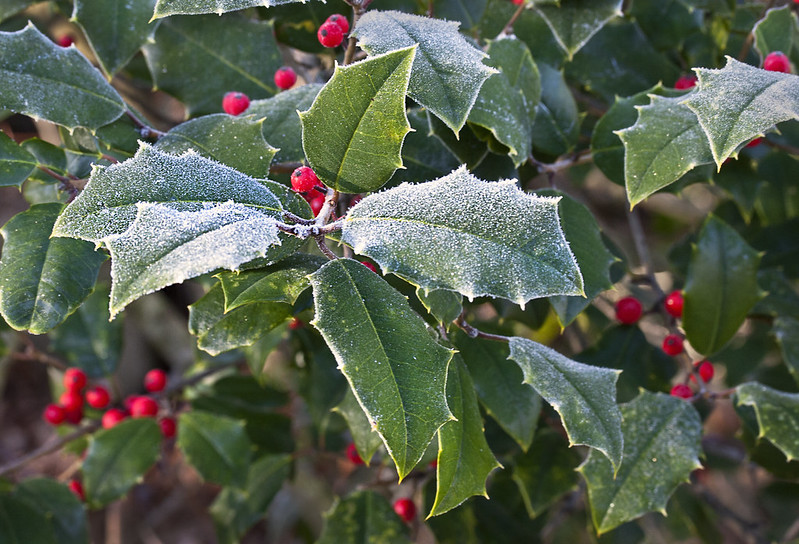
If evergreen is a must, you don’t have to rush to conifers or Eucalyptus (which can be a thug). There are a number of evergreen shrubs, which are now grown as small standard trees.
- Our favourite is Cotoneaster ‘Cornubia’ (red berries) or ‘Exburyensis’ (yellow berries)
- Also look for Photinia ‘Red Robin’
- Ligustrum japonicum and lucidum
- Portugal Laurel
- Magnolia grandiflora
- Bay
- Elaeagnus
- Hollies
- If your garden is warm enough, how about trying the Pineapple Broom (Cytisus battandieri), normally seen as a wall shrub, but it makes a smashing little evergreen tree.
3. Shrubs, Conifers and Bamboos
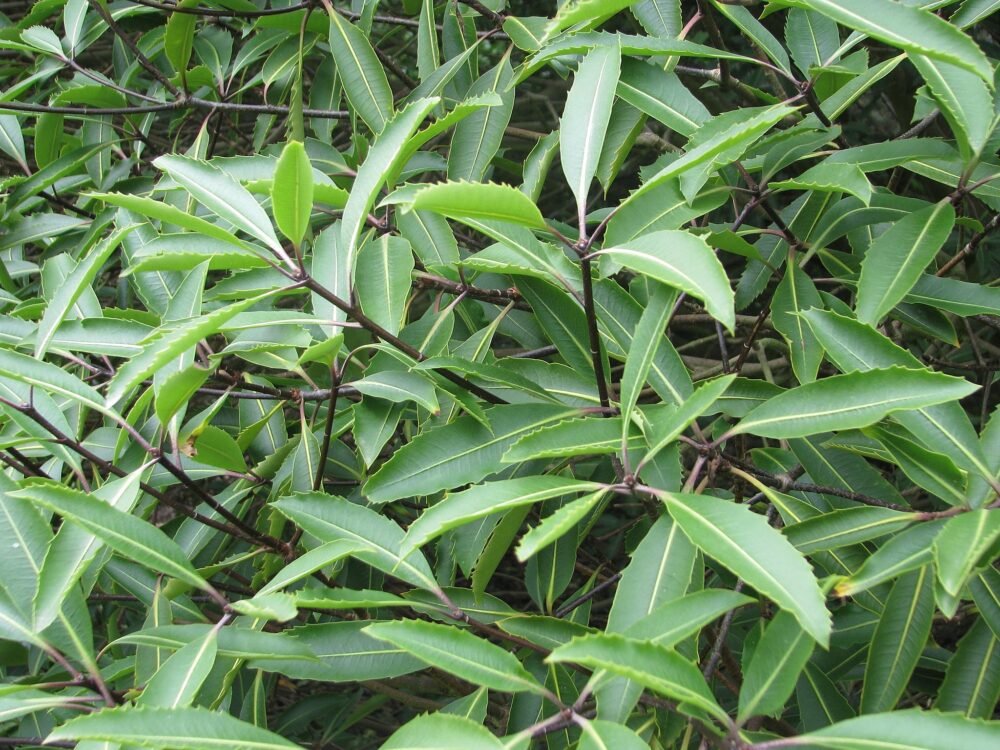
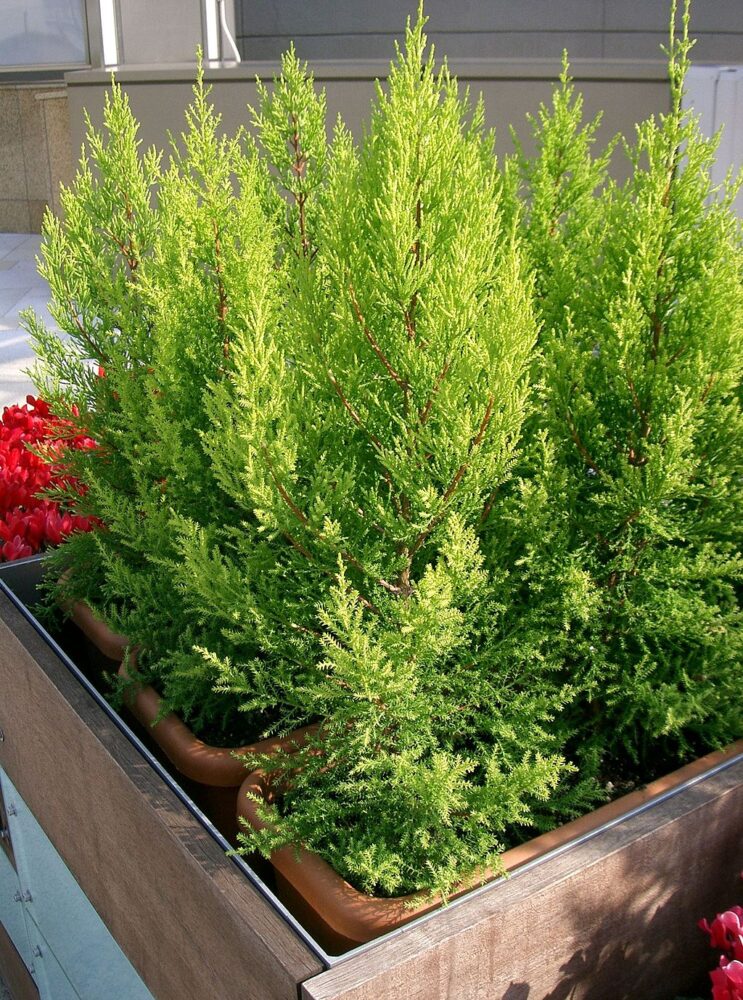
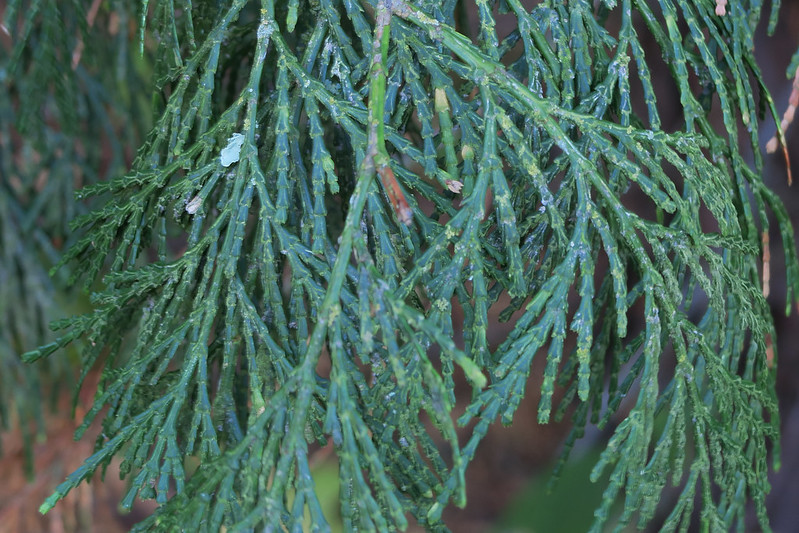
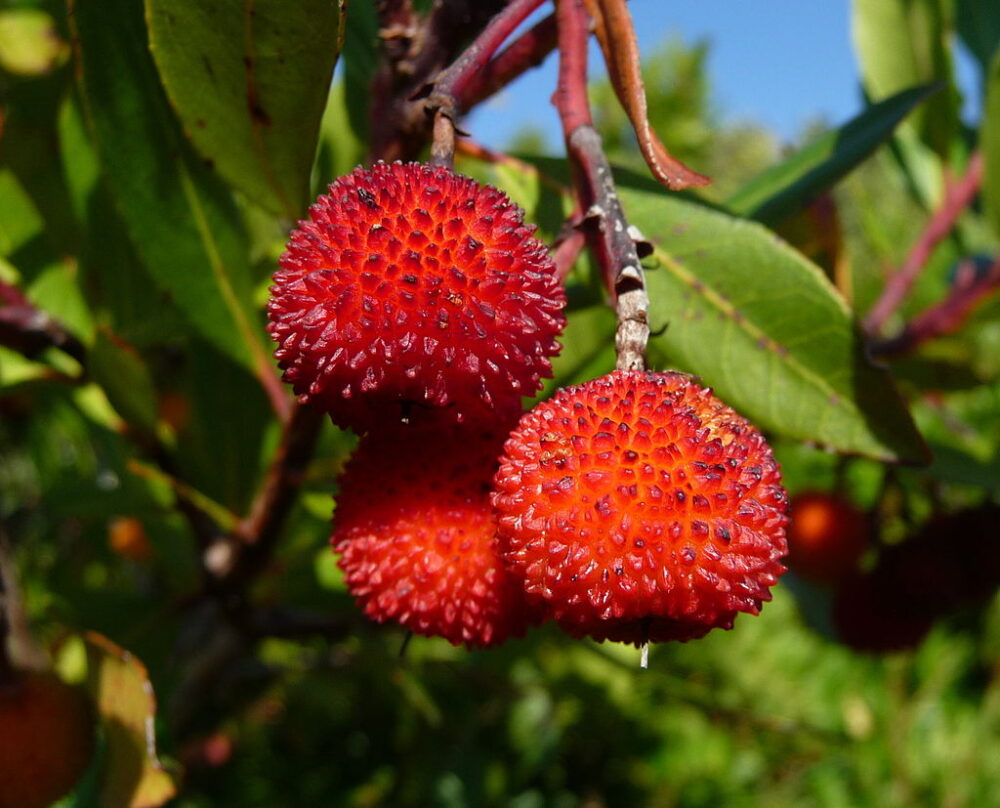
- Conifers: Lots of people are thankfully looking to use Thuja plicata instead of Leylandii, but where space is limited, think about the more pillar like conifers such as Juniper ‘Skyrocket’ and Cupressus macrocarpa ‘Goldcrest’. And if you want to try something a bit different, how about Calocedrus decurrens (Incense Cedar)?
- Fast growing upright shrubs can be a lower cost option. Look for Pittosporum varieties. Arbutus might also be worth a try. Hollies are also worth thinking about, but are much slower.
- Bamboos: Our personal view is that in most circumstances these are unsuitable in small gardens as even the best behaved clump forming varieties tend – unless watched carefully – to edge their way beyond their intended space.
4. Points to Note
- Screening plants don’t always have to be planted near the boundary – the closer to you the plant is, the more effective screening it will do
- If you are planting several plants, the planting will look more interesting if you plant in little irregular groups / triangles, as opposed to straight lines.
- Sometimes screening plants are so impressive, they simply draw the eye towards the object you are trying to screen. Think about also creating interest within the garden to draw the gaze away from the unwanted view.
- There are other ways of screening – trellis, pergolas etc. might be options. Single pergolas can be particularly effective in confined spaces.
Photo Credits
Header Image (Sorbus); Birch; Ornamental Pear; Sorbus; Amelanchier; Photinia; Portugal Laurel; Cytisus battandieri; Holly; Pittosporum; Cupressus macrocarpa ‘Goldcrest’; Calocedrus decurrens; Arbutus.
Hi, that was my exact requirement when we moved to this house 13 years ago and I planted a standard cytisus battandiari to give privacy from a neighbours stair window. It has been a great success but in the last 5 years it has only wanted to fall down! It is propped up on every side and is now looking unsightly and I have decided it should be cut down to the base and if it should shoot from there to allow it to become a multi-stemmed shrub as it would more naturally grow. I feel that the root system is not strong enough to support a thick tree trunk with a substantial leafy top. Something to bear in mind for others in the same position as I.
Jean
Thanks for your comment Jean. This plant can be pruned hard every year when grown as a small tree to keep it in shape and balanced – if you don’t want to completely reduce it to ground level.